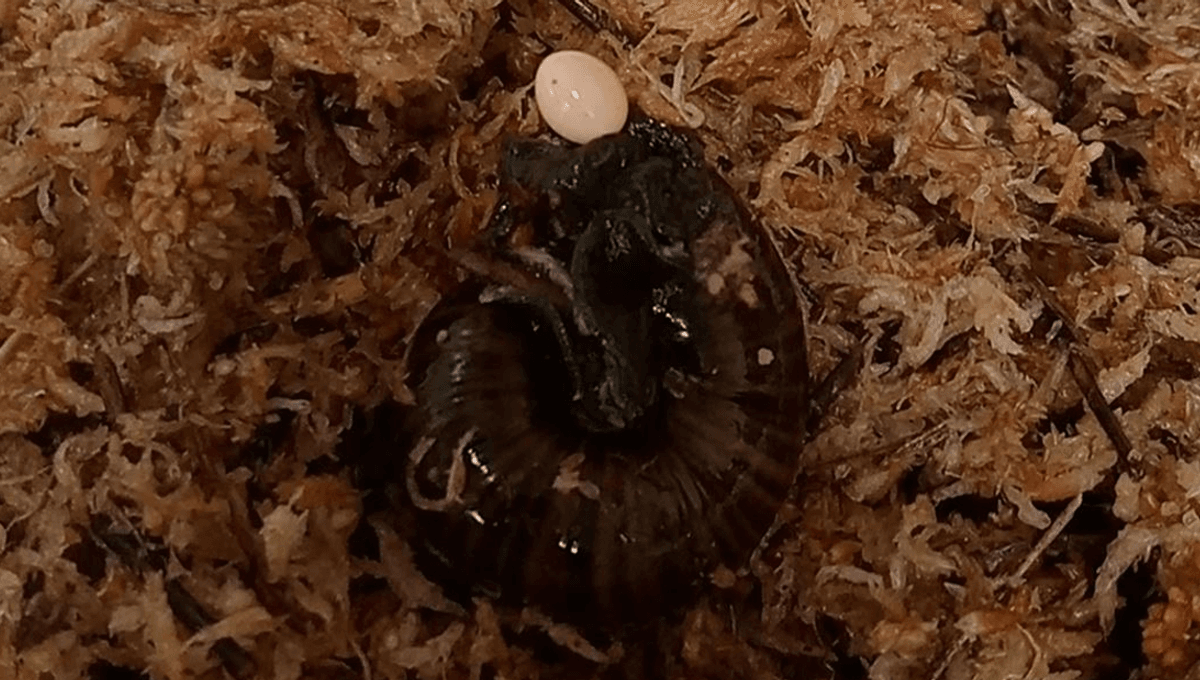
It is undoubtedly true in conservation circles that things that are cute and fluffy get the most attention. After all, who can resist something as adorable as Madame Berthe’s mouse lemur? The slimier inhabitants of Earth typically have to do something a little more interesting than just looking cute to get headlines. Enter Powelliphanta augusta, a snail species that lays eggs through its neck.
Yes, you read that correctly. This threatened snail species has circumvented the problem of how to make more snails when your body is encased in a hard shell by having what’s known as a genital pore on its neck.
Like most snails, P. augusta is a hermaphrodite, possessing both male and female genitals. However, these snails typically breed with each other to cross-fertilize their eggs. “It extends its penis out of this pore and into its mate’s pore, and its mate does the same, simultaneously exchanging sperm, which they can store until they each fertilise the sperm they’ve received to create eggs,” explained DOC Senior Science Advisor Kath Walker in a statement.
The Department of Conservation in New Zealand has been looking after a captive population of these snails since 2006. The snails used to live along the Mount Augustus ridgeline on the West Coast, the only place they were found to naturally occur. However the company Solid Energy began to mine this area for coal, destroying the snails’ habitat.
“It’s remarkable that in all the time we’ve spent caring for the snails, this is the first time we’ve seen one lay an egg. We caught the action when we were weighing the snail. We turned it over to be weighed and saw the egg just starting to emerge from the snail,” said DOC Ranger Lisa Flanagan, who has looked after the snails for over 12 years.
P. augusta just keeps getting weirder. They are a species with a long lifespan, with some of the captive population thought to be between 25 and 30 years old. These snails only reach sexual maturity at 8 years old and are capable of lying just five eggs per year. The eggs themselves can take over 12 months to hatch.
“I just love watching their progress each month, weighing them, how their shells develop, and all the interesting things they do,” concluded Flanagan.
Work at the DOC is ongoing to both establish new populations of snails in the wild and to ensure a sustainable population through the captive program. “The captive management of Powelliphanta augusta has not only saved the species from extinction, but it’s allowed us to learn more about the lives of these incredible creatures found nowhere else in the world,” explains the DOC on Facebook.
Source Link: Long-Lived, Carnivorous, And Freaky: Watch These Snails Lay Eggs Through Their Necks